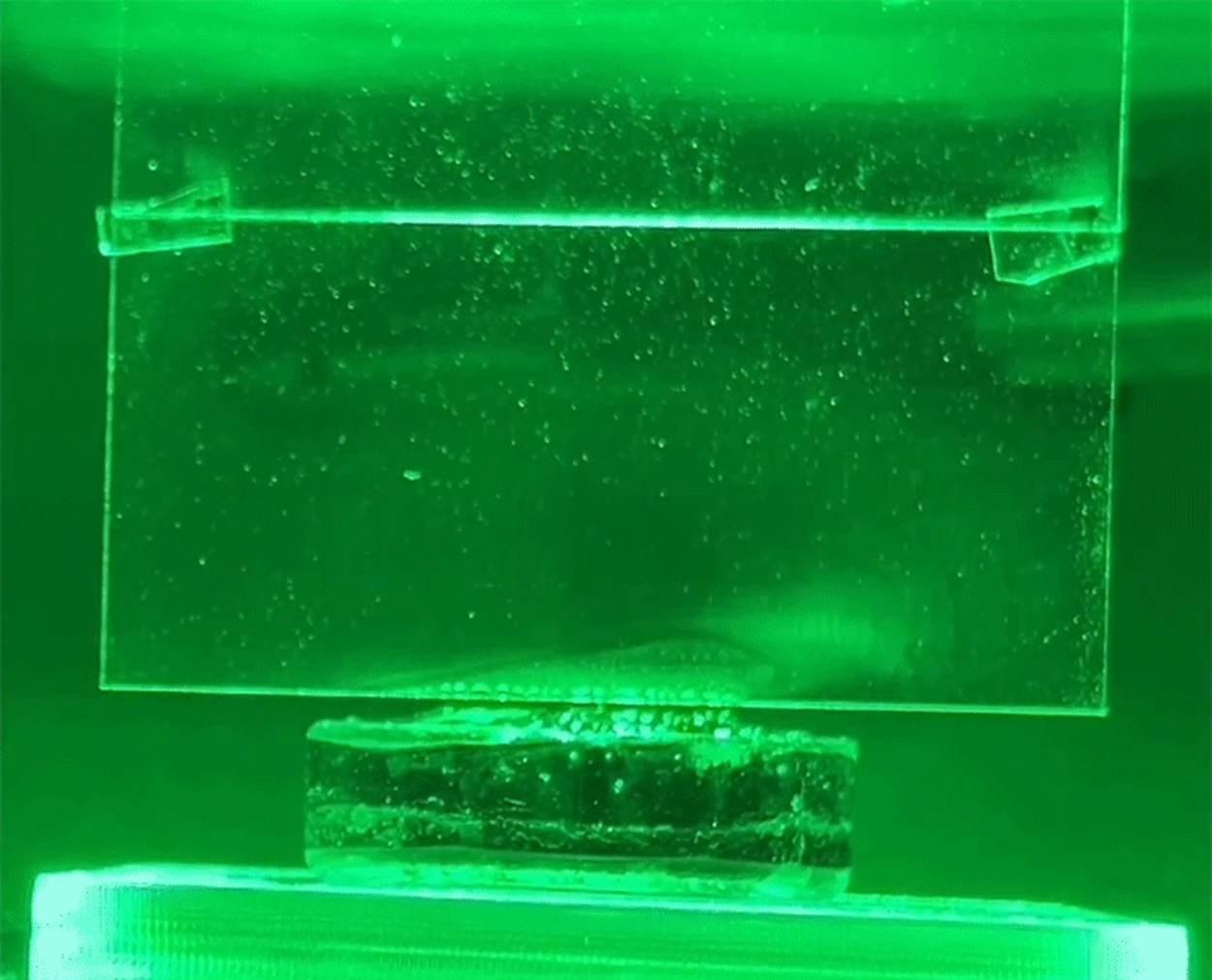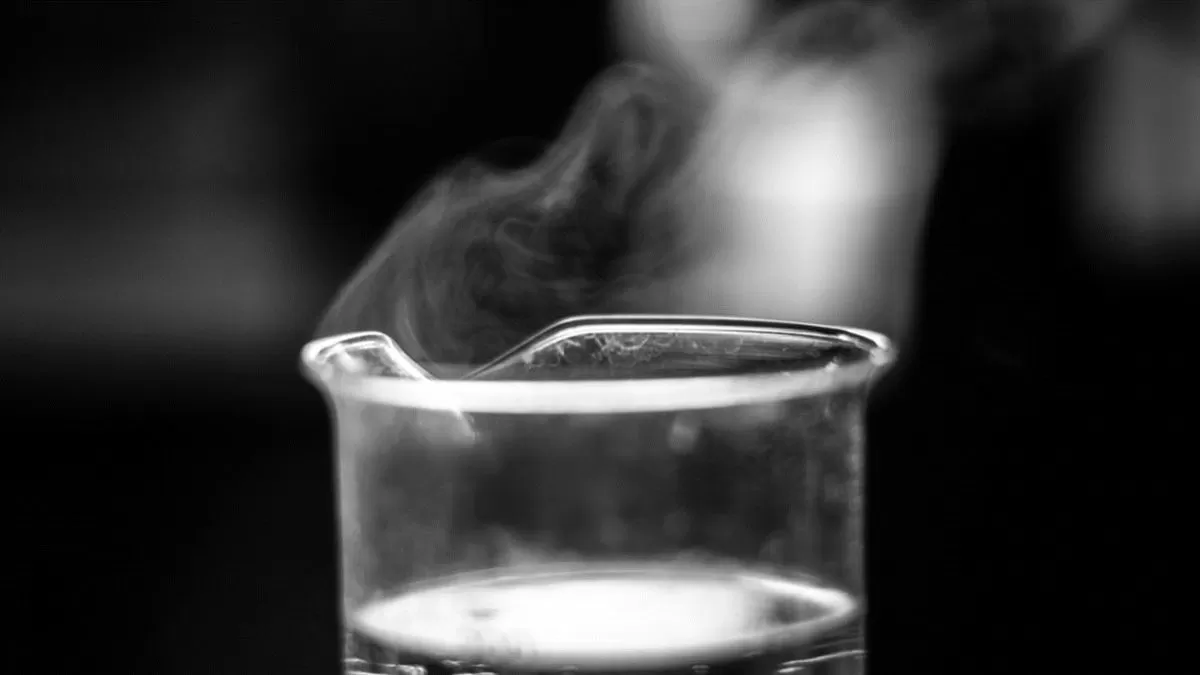We all till now know that evaporation is typically thought of as a heat-driven process. However, the researchers, in recent years, have been puzzled upon discovering that water during the experiments was evaporating at a higher-rate upto three to four times faster than the theoretical maximum limit based on thermal energy alone. Researchers at MIT then discovered that under certain conditions, light can be used to drive evaporation without any heat input.
Also read: What is Ejecta Halo that Chandrayaan-3 Created On The Moon?
In a surprising finding, researchers at MIT have discovered that light can make water evaporate without heat. The findings are published this week in a research paper* in PNAS, by a MIT team of researchers who conducted a series of experiments and simulations using water in a hydrogel, a JELL-O type soft material that can hold a lot of water.
The findings came as a surprise to the researchers as water itself does not absorb light. However, they started to support the idea that the light itself is causing the water to evaporate, without any thermal energy source. They dubbed this effect as the photomolecular effect.
Q: What is Photomolecular Effect?
The photomolecular effect is a newly discovered light-induced evaporation process in which photons of light can dislodge clusters of water molecules from the water's surface without the need for heat. This process is different from traditional evaporation, which requires heat to break the bonds between water molecules.'
Q: How did the researchers make this discovery?
The researchers placed a container of water-laden hydrogel on a scale and directly measured the amount of mass lost to evaporation. They also monitored the temperature above the hydrogel surface and ensured that no heat was being introduced from the light source.
As per the official website MIT, “In the lab, they monitored the surface of a hydrogel, a JELL-O-like matrix consisting mostly of water bound by a sponge-like lattice of thin membranes. They measured its responses to simulated sunlight with precisely controlled wavelengths.”
The researchers found that the rate of evaporation increased as the intensity of the light increased. They also found that the effect was strongest for green light.
 Water evaporation from a hydrogel using green light, without heat. Image: MIT News
Water evaporation from a hydrogel using green light, without heat. Image: MIT News
Q: What are the potential applications of this new photomolecular effect?
It is a relatively new discovery, but MIT researchers found that their new evaporation process is more efficient than traditional evaporation processes that use heat. The potential applications of this new evaporation process include desalination, food processing, and pharmaceutical manufacturing. It could also be used to develop new cooling and heating technologies.
Also read: How old is the Moon?
The researchers also believe that the photomolecular effect may play a role in the formation and evolution of fog and clouds and that incorporating it into climate models could improve their accuracy. They also believe that it could play an important role in many industrial processes, such as solar-powered desalination of water, potentially enabling alternatives to the step of converting sunlight to heat first.
* Paper: “Plausible photomolecular effect leading to water evaporation exceeding the thermal limit.”
